
Using Zerto with Oracle Cloud VMware Solution
We recently announced a new partnership with Oracle specific to Oracle Cloud VMware Solution. Oracle Cloud VMware Solution is a dedicated, cloud-native VMware-based environment that provides customers with same experience as on-premises VMware with a cloud-delivered service. The Oracle Cloud VMware Solution is unique in providing their customers with full administrative control over their VMware environment in the Oracle Cloud. More information on the Oracle Cloud VMware Solution announcement is here.
The Oracle Cloud VMware Solution
We were delighted that Oracle Cloud invited us to partner with them since we have many customers protecting Oracle databases in their virtualized environments with Zerto. With Oracle Cloud VMware Solution, enterprises using Oracle databases and the applications that use the databases have an additional choice for their recovery sites.
The below diagram from Oracle Cloud VMware Solution shows the linkages from an enterprise to the Oracle Cloud Infrastructure with the Software Defined Data Center consisting of vSphere, NSX and VSAN.
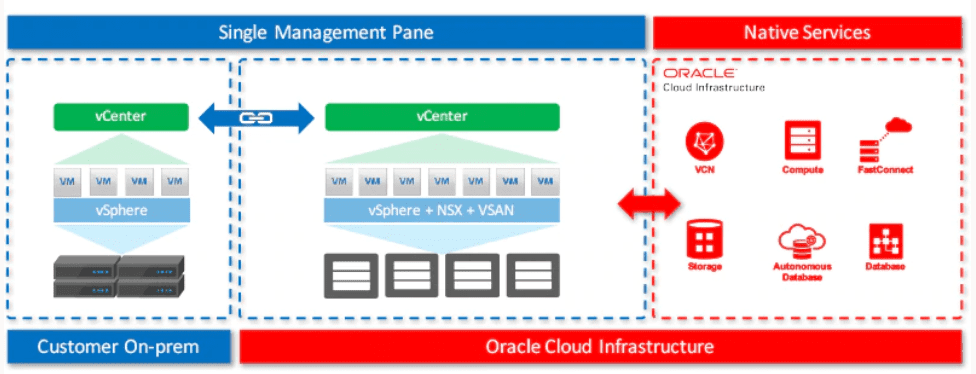
Credit: Oracle https://www.oracle.com/cloud/VMware/
Zerto Protection of Oracle Databases
Protecting Oracle Database Servers is challenging given the large amounts of data being written on a constant basis in large databases, sometimes terabytes in size. With Zerto’s continuous data protection, high IO rates from a large database are replicated from production to recovery site easily with recovery points measured in seconds.
When protecting Oracle Database Servers, the applications using the databases are often overlooked or not included in the same technology or recovery plan. This leads to complications in recovery and lack of visibility into the protection status of the entire application stack, such as SAP. This can make disaster recovery testing incomplete as the entire stack is not tested together, leading to increased risk in not being able to recover in a timely and efficient manner.
Using a Virtual Protection Group (VPG) with the database and the application VMs in the same VPG, Zerto provides write-order fidelity of all the changes in the VMs and disks included in the VPG with frequent checkpoints. This means that the database and the applications disks are kept in the same state on both the production site and the recovery site.
The below diagram shows how the application disks and databases disks are checkpointed every 5 seconds to maintain write-order fidelity.
Disaster Recovery in Oracle Cloud VMware Solution
Zerto customers with VMware environments find it challenging to use public cloud for recovery sites because there is limited parity with their on-premises infrastructure. It is challenging when using a large database with many dependent applications. Additionally, the typical IT staff is familiar with vCenter and the VMware ecosystem for managing their VMs and workloads.
We have several customers using Oracle databases with on-premises VMware recovery sites that have mentioned concerns in providing equivalent Recovery Point Objectives as they shift their disaster recovery to the Cloud.
Testing Zerto with Oracle Cloud VMware Solution
Oracle invited us to test Zerto with the Oracle Cloud VMware Solution lab. We deployed the Zerto IT Resilience components into a 3-node cluster in the Oracle Cloud VMware Solution SDDC (Software Defined Data Center). The deployment was just like any other Zerto deployment in a VMware environment.
The test configuration was set up as below. The ZVM and VRAs in our lab were paired to the ZVM and VRAs in Oracle Cloud. We configured 5 VPGs and started replicating to Oracle Cloud VMware Solution.
We tested with a small VM and the initial sync finished quickly. We could see in the below screenshot that we have an average RPO of 7 seconds.
Run a Failover Test
We wanted to benchmark RTOs when using Oracle Cloud VMware Solution as the recovery site. By using Failover Test between our lab and Oracle Cloud, there is no impact to the production VMs and no break in replication during the test.
The Failover Test operation creates test VMs in a sandbox, using the test network specified in the VPG and the virtual disks managed by the recovery VRA. All test replication is written to scratch volumes. The scratch volumes reside on the storage defined for the journal.
We ran the Failover Test operation on a recent checkpoint. The below screenshot shows the checkpoints on one of our test VPGs.
After the test ran a few minutes, we stopped the test. A Recovery Report is provided to document the results of the Failover Test. The information in the Recovery Report consists of the RTO, whether the operation succeeded or not, and detailed recovery steps. This report can be used to prove compliance for auditors and management purposes. The summary Failover Test report is below. We can see the RTO in the Failover Test is 28 seconds.
Additional Testing with Oracle Cloud VMware Solution
We anticipate that customers are going to want to protect large Oracle databases and associated applications with Zerto. If the customers have a copy of their Oracle database in their recovery site in Oracle Cloud VMware Solution, then Zerto pre-seed operation can enable protection faster. With the Zerto pre-seed operation, customers can select the copy of the database as a pre-seeded volume in their VPG.
Below is a screen shot of selecting a pre-seeded volume:
When the pre-seeded volume is selected, then Zerto performs a delta sync to replicate recent changes into the replica disks on the recovery site in Oracle Cloud VMware Solution. Using a pre-seeded volume copy in Oracle Cloud VMware Solution significantly reduces the network resources needed to establish the replica disks in the recovery site.
Conclusion
We have begun controlled release of Zerto with Oracle Cloud VMware Solution. If you are interested in joining the controlled release program, then please sign up for the program here.
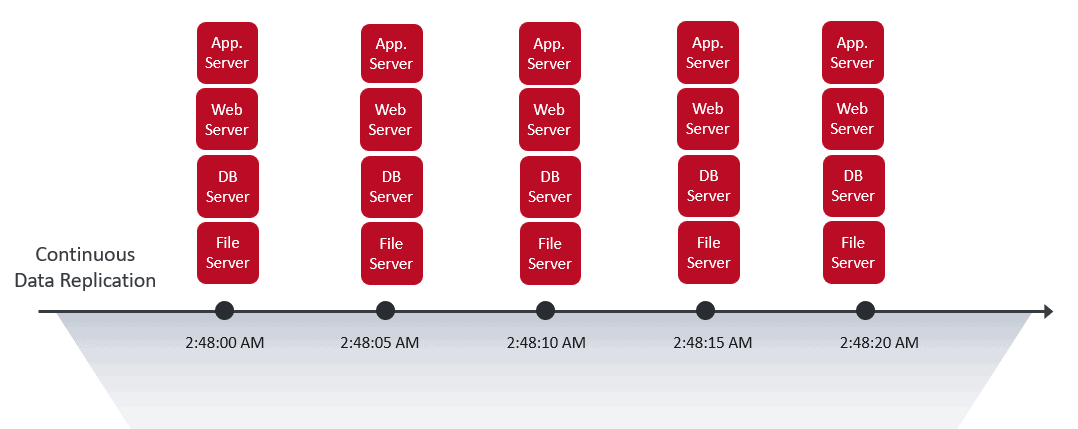
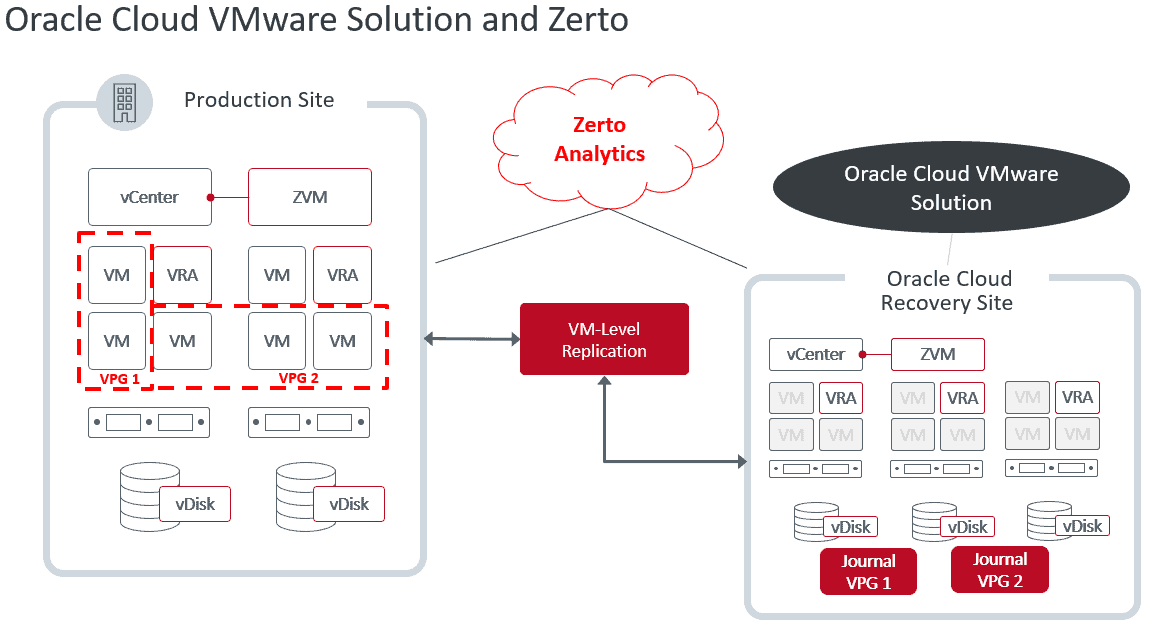
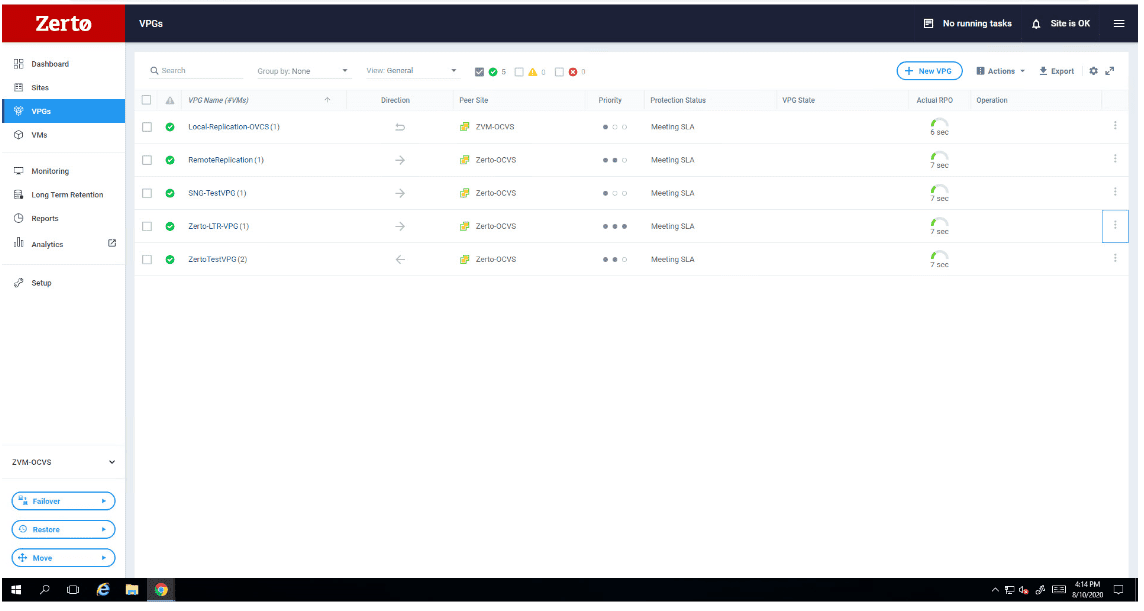
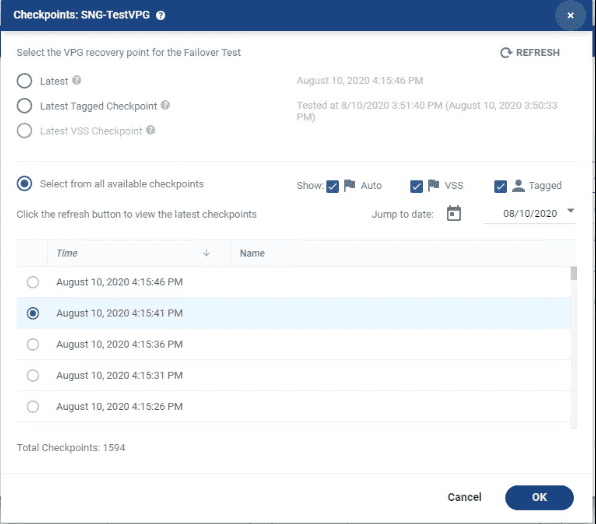
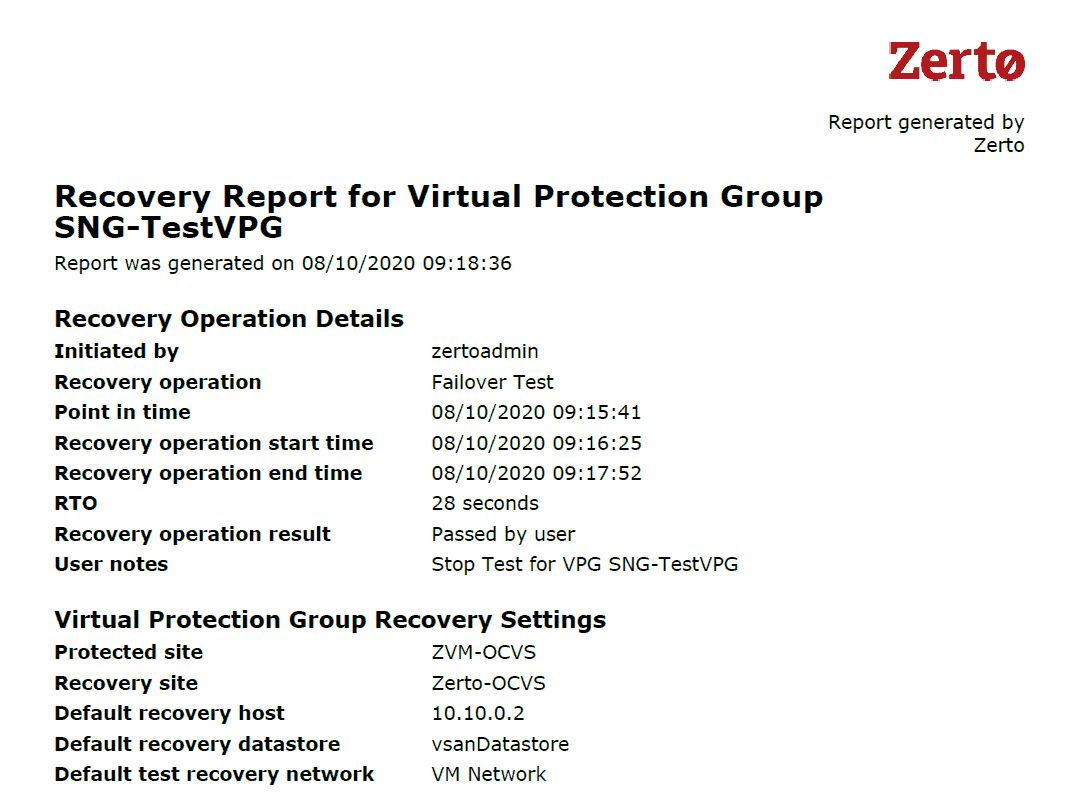
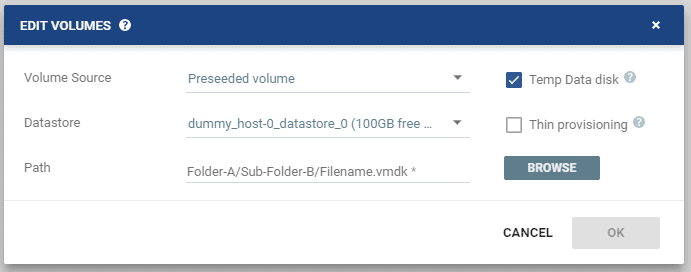
 Amy Mitchell
Amy Mitchell 

